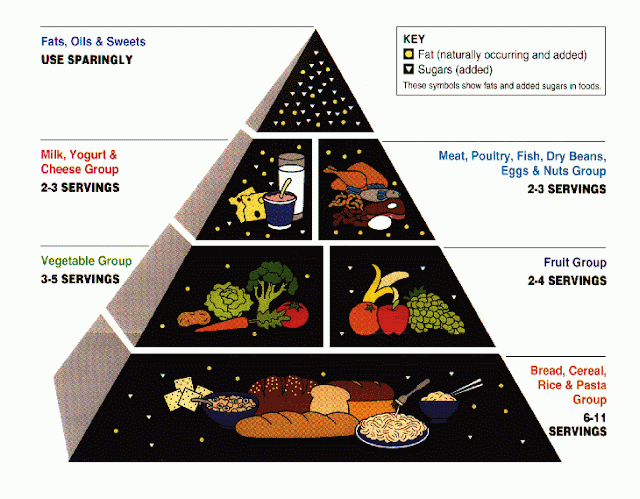Hold that face.
That disgusted grimace has roots in ancient genetics.
You just received a directive from your DNA.
A roll of the dice
You have two copies of every gene in every cell of your body: one from Mom, one from Dad. Genes come in different versions, called 'alleles'. It's a bit of a crapshoot- if Mom or Dad have a recessive allele for a gene that has two alleles, they have 50% chance of sticking you with it. If both of them give you the recessive allele, your cells have no choice but to start up their little engines and start pumping out proteins based off of the blueprints of that shitty version.
Unlike normal proteins, proteins based on recessive alleles will defy regular cell signals and perpetrate all kinds of rudeness. The parts of the body that use these proteins are negatively affected, sometimes in very serious ways.
Unlike normal proteins, proteins based on recessive alleles will defy regular cell signals and perpetrate all kinds of rudeness. The parts of the body that use these proteins are negatively affected, sometimes in very serious ways.
The thing is- your sisters and brothers are also likely to get a copy of the bad version of the gene, and any babies you have with them will have a higher likelihood of exposing an 'inbred' trait. For a glimpse of how this can turn out, check out my post on the ugliest dog in the world, Sam, who is horribly inbred.
Luckily, the infinite sandpaper of evolution has scrubbed away all parts of your brain that are attracted to your siblings.
Luckily, the infinite sandpaper of evolution has scrubbed away all parts of your brain that are attracted to your siblings.
DNA directives
Excluding the various sad sacks on Maury and Jerry Springer, most animals have gotten better and better at figuring out who their relatives are so they can avoid them when it comes time to breed.
For example, humans have evolved the use of olfactory clues (smells) to identify potential mates, and this includes using smells to determine which mates might be your relatives. There is also strong sociological evidence that children who grow up in close proximity display sexual aversion to one another, even if they're not related.
So get over it. I know it's gross, but inbreeding avoidance (that "BLECH" face) is just an indication that your DNA is working. Our ancient genetic script is looking out for us, whether we know it or not.







.JPG)










































